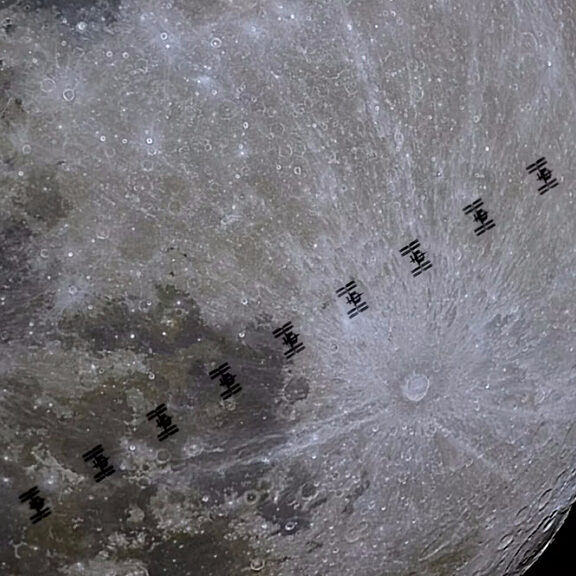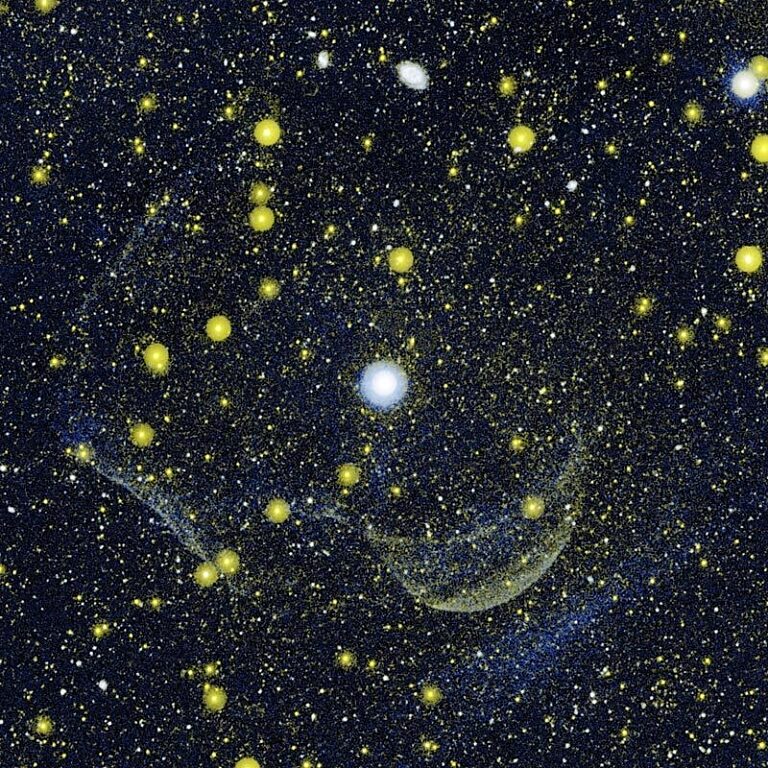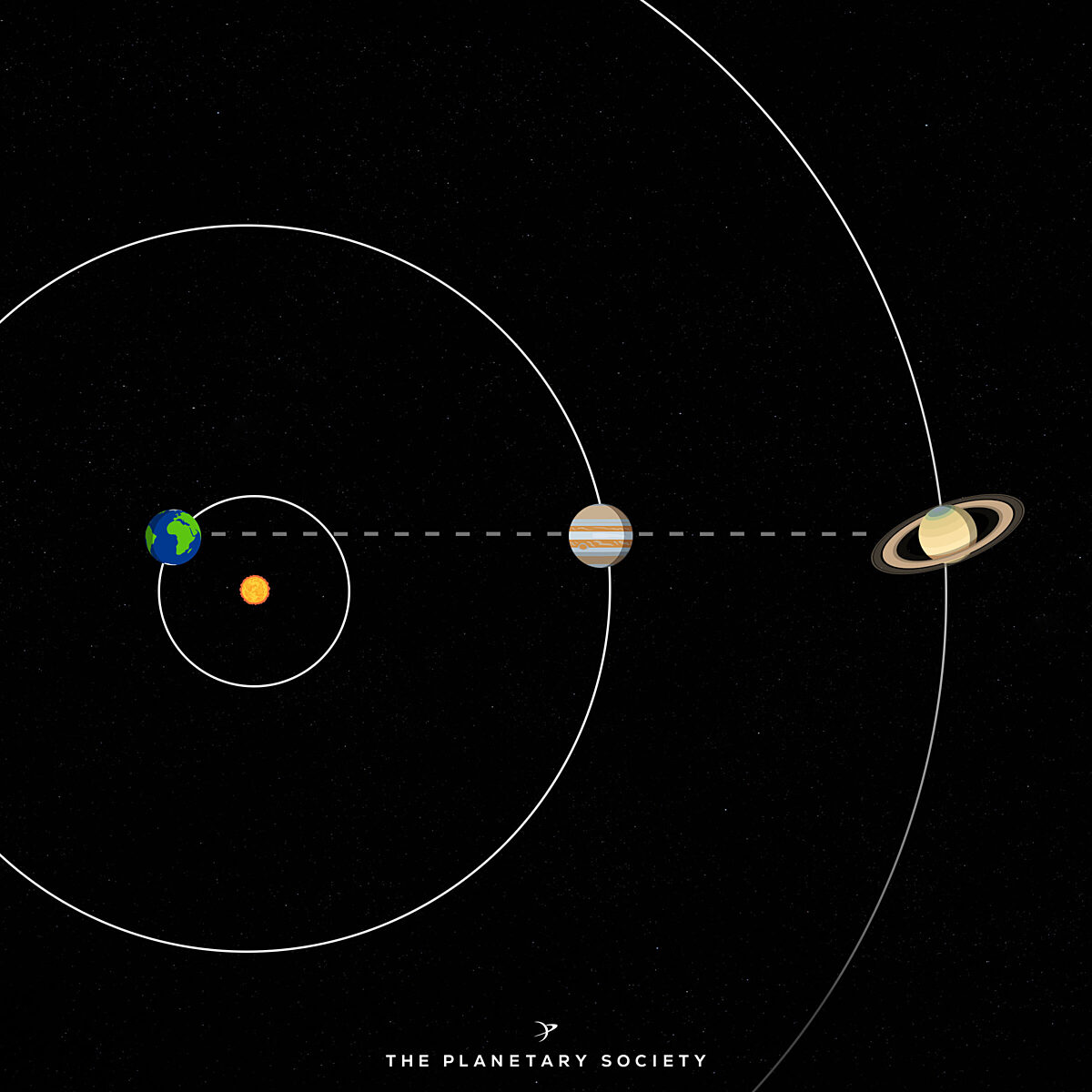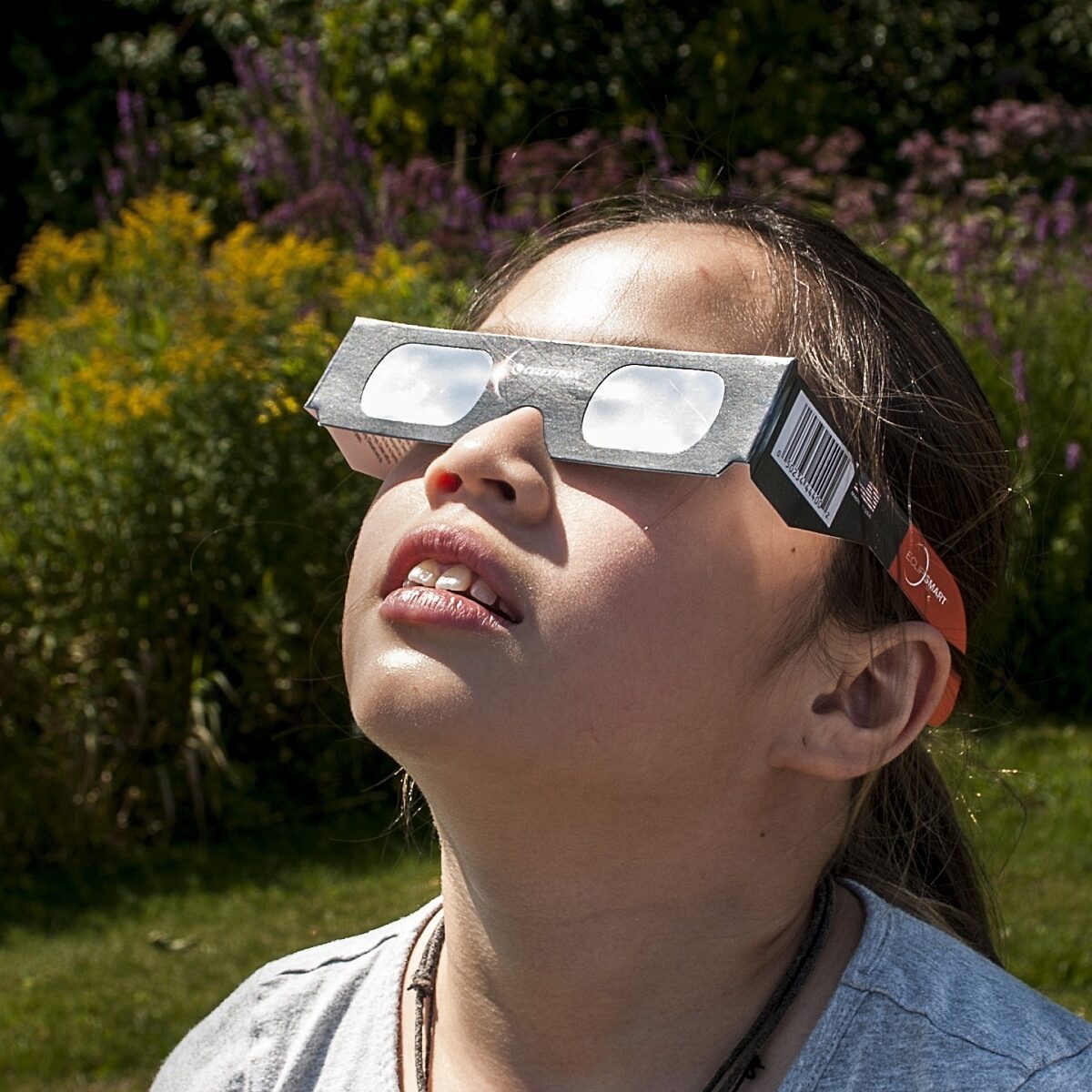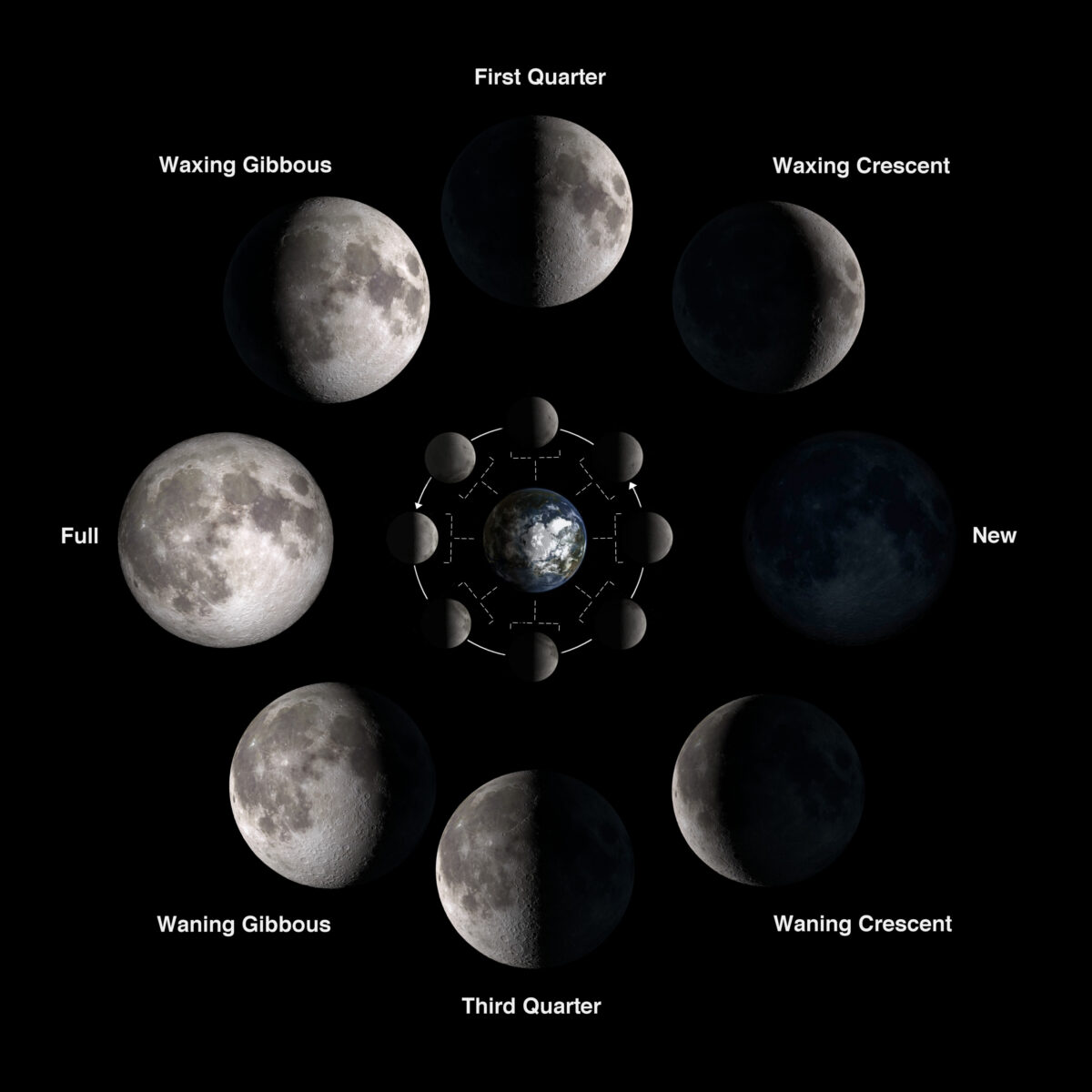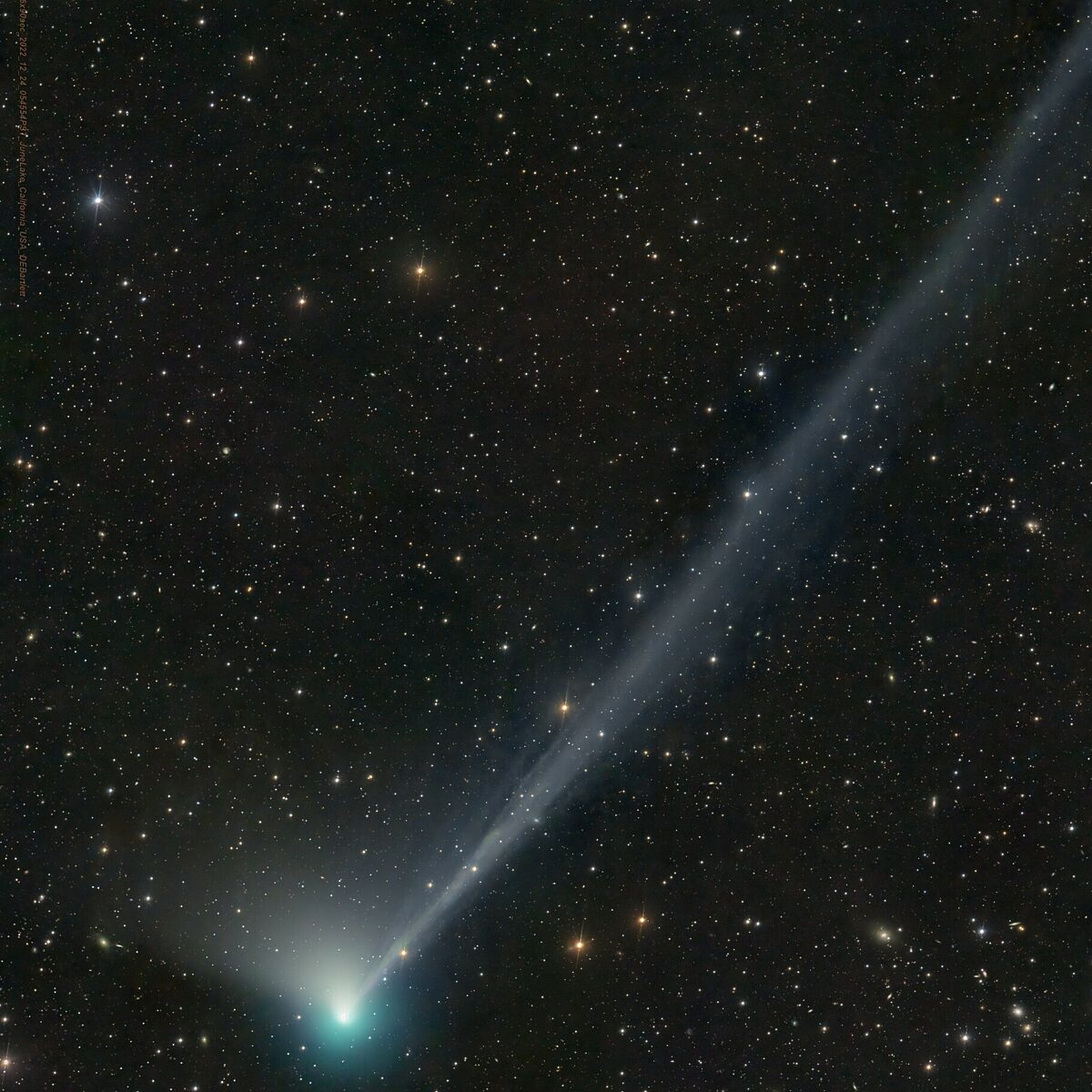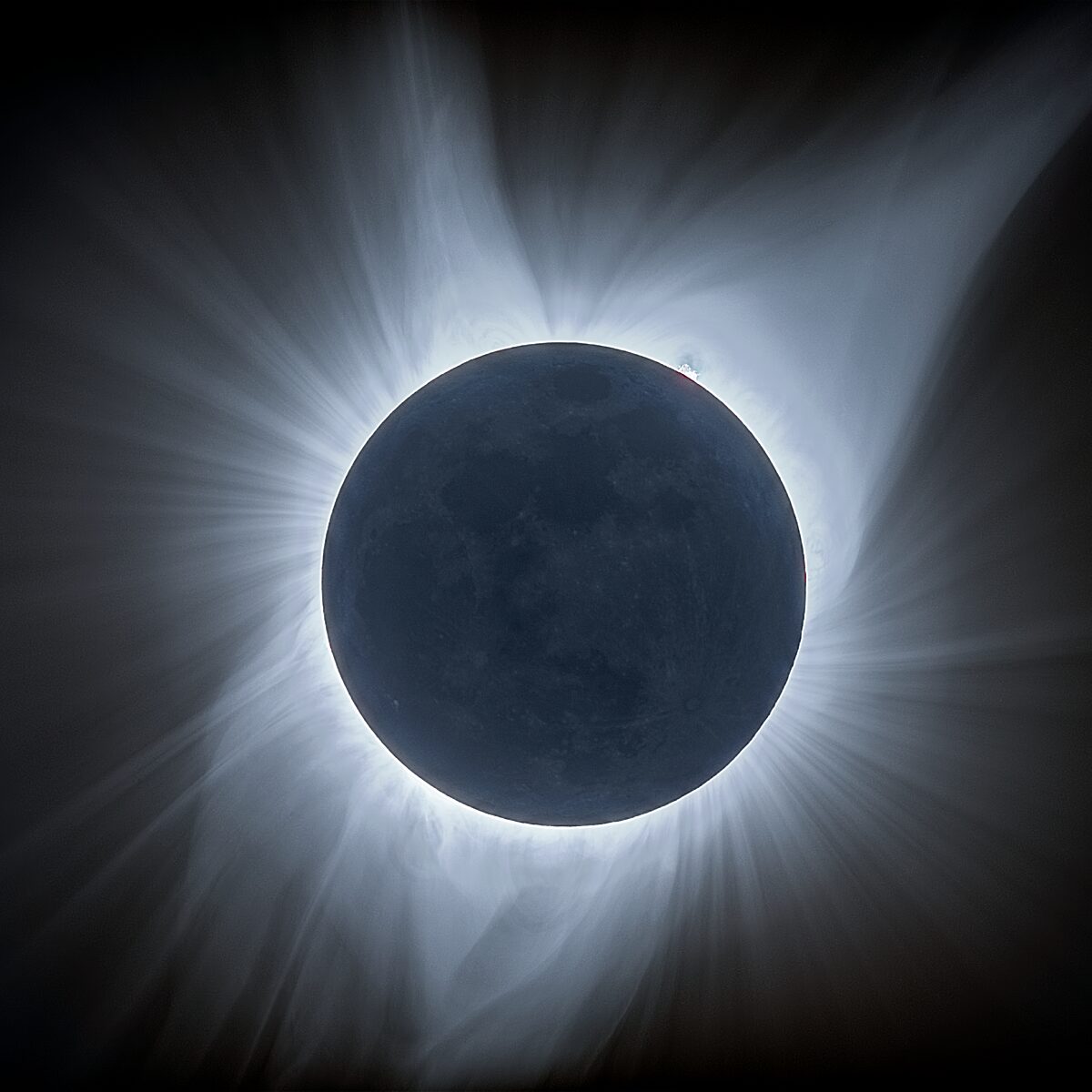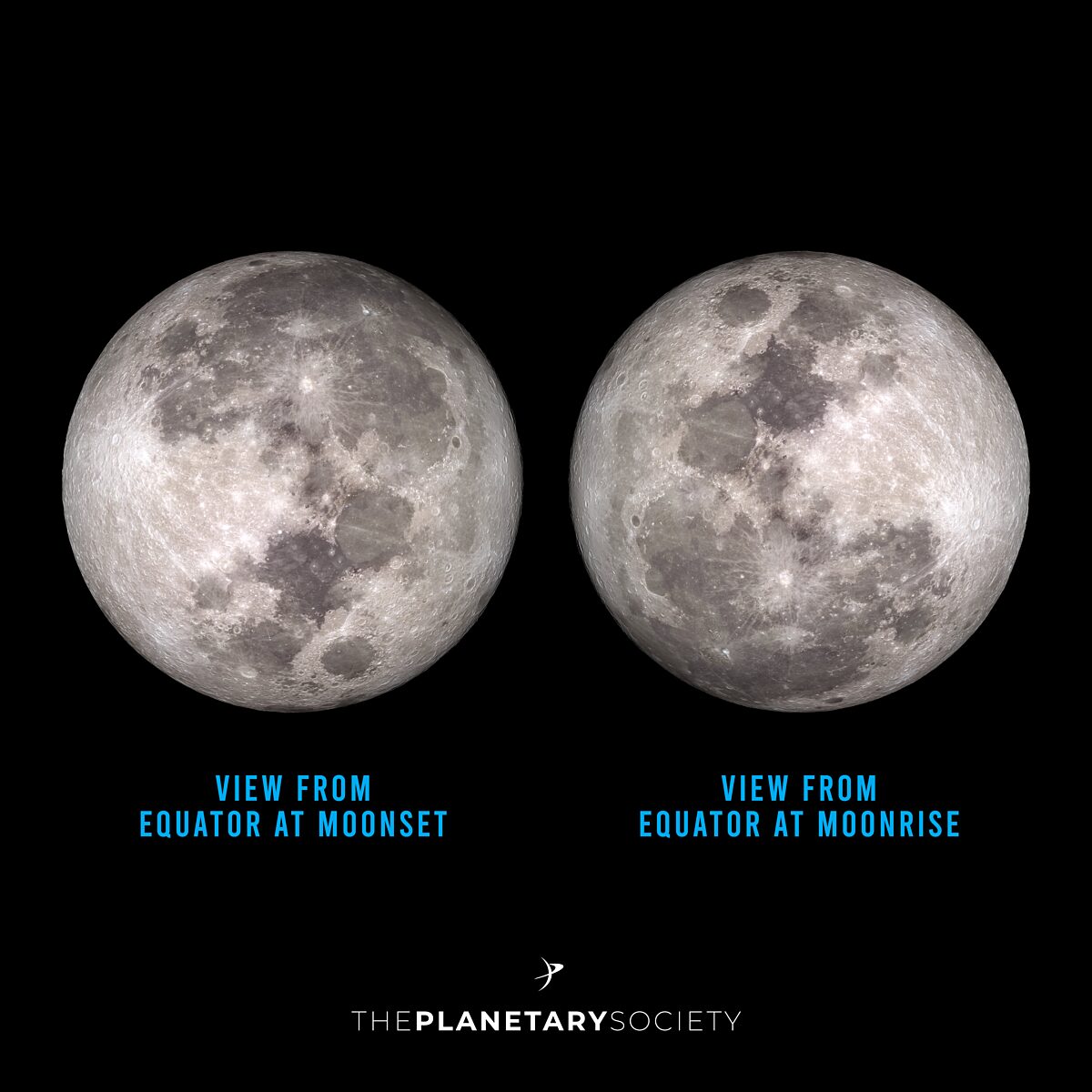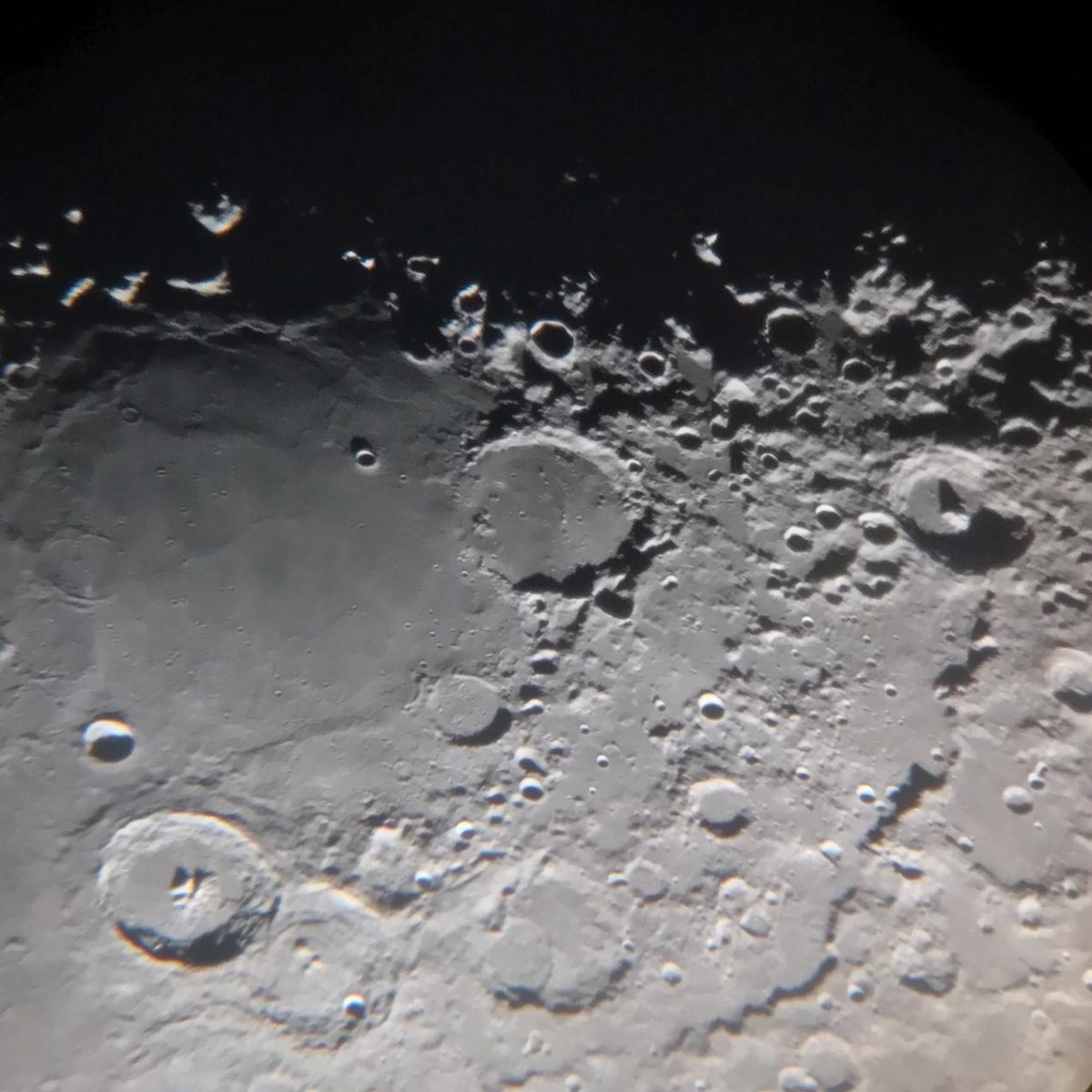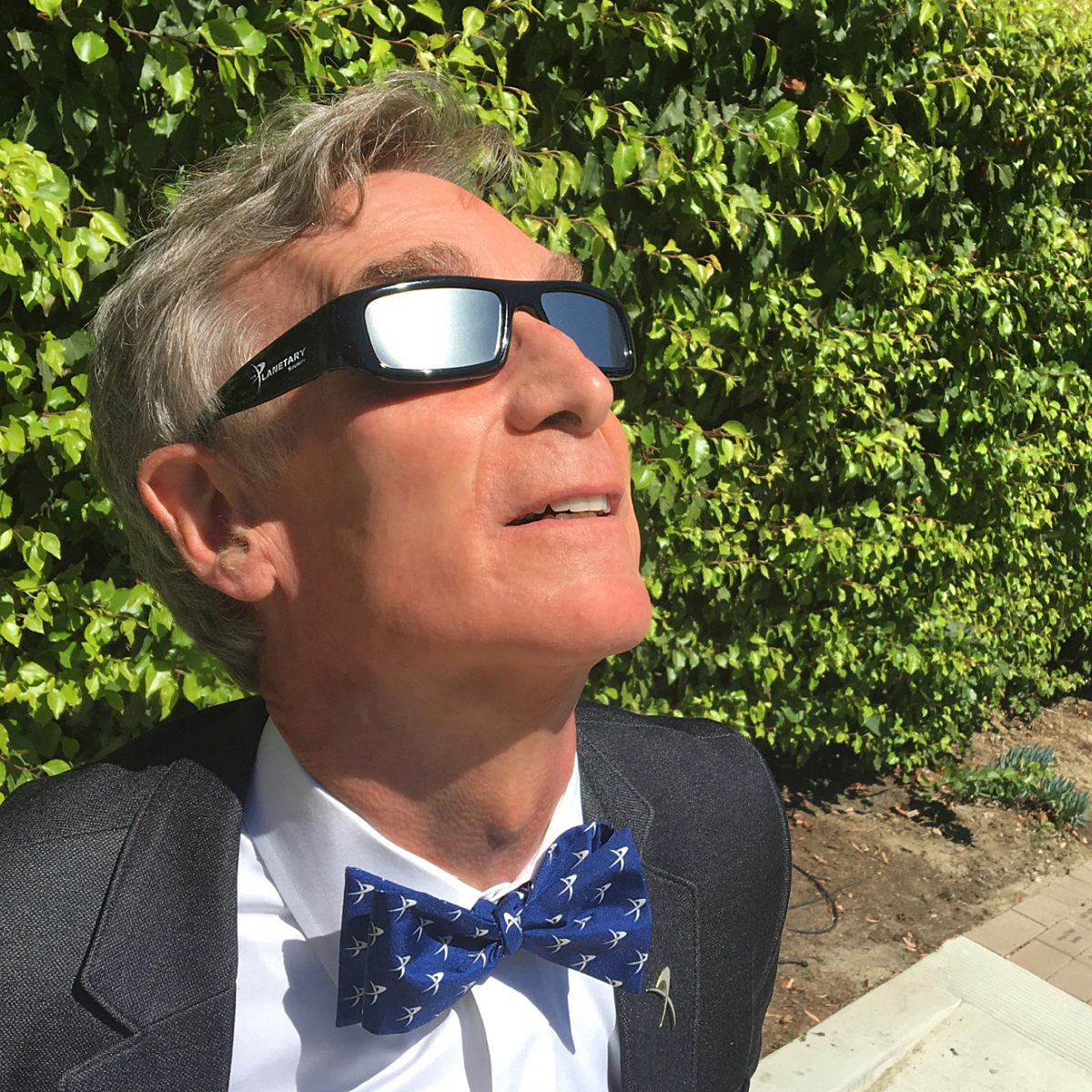All
All
Stories, updates, insights, and original analysis from The Planetary Society.
How to spot the ISS
Seeing the ISS is easy and amazing stargazing.
How to see the nova (“new star”) in Corona Borealis
A giant stellar explosion is going to be visible from Earth. Here's how to see it.
What is a planetary conjunction?
An explainer on planetary conjunctions, and what it means when a planet is at conjunction or at opposition.
Sharing an eclipse with kids
Here's a simple and safe way to observe solar eclipses that's appropriate for young children, with no eclipse glasses or other special equipment needed.
Have a nice flight!
Flying on Titan is easy, but not as easy as flying on Deimos. Plus, Juice takes off and Ingenuity captures a view from the air.
The phases of the Moon explained
Your guide to the phases of the Moon, their names, and why they happen.
How to see Comet 2022 E3 (ZTF)
Everything you need to know about Comet 2022 E3 (ZTF) or the "Green comet," which is making its first approach to Earth in 50,000 years.
Night Sky Photography for Beginners
An introduction to full-sky astrophotography using a digital camera.
Your guide to future total solar eclipses
Bruce Betts and Sarah Al-Ahmed provided a guide to all total solar eclipses through the end of the 2020s, with dates and locations.
Can the Moon be upside down?
When you think about how the Moon looks in the night sky, you might never have considered that it looks different to people in other parts of the world. But really, perspective is all relative.
How to pick the best beginner telescope
Picking out your first telescope can be overwhelming. This easy-to-follow guide will help you find the best telescope that you'll actually use.
What Is a solar eclipse? Your questions answered.
Your guide to total, partial, and annular eclipses: what causes them, what you'll see, and when the next one will happen.
A comet visitor and a pretty metal Moon
The week’s space news, plus your guide to the night sky and ways you can contribute to Venus science.
How to See LightSail 2 in the Night Sky
If your latitude is within 42 degrees of the equator, there's a chance you may be able to spot LightSail 2's reflective solar sail.
Chasing the total solar eclipse at 38,000 feet
Where did you venture to view the Great American Eclipse? About 100 people were lucky enough to make the trip of a lifetime for it: 38,000 feet above the Pacific Ocean, courtesy of Alaska Airlines.
Bill Nye's top eclipse tip: Protect your eyes
Bill Nye, CEO of The Planetary Society, has some suggestions for staying safe during a solar eclipse.
Making eclipse magic
How to enjoy a solar eclipse with your kids, making shadow magic with a pinhole viewer.
Big Bend designated International Dark Sky Park
The International Dark Sky Association designated Big Bend as an International Dark Sky Park, confirming its status as an incredible place to stargaze.


 Explore Worlds
Explore Worlds Find Life
Find Life Defend Earth
Defend Earth


 Sun
Sun Mercury
Mercury Venus
Venus Earth
Earth Mars
Mars Jupiter
Jupiter Saturn
Saturn Uranus
Uranus Neptune
Neptune Small Bodies
Small Bodies